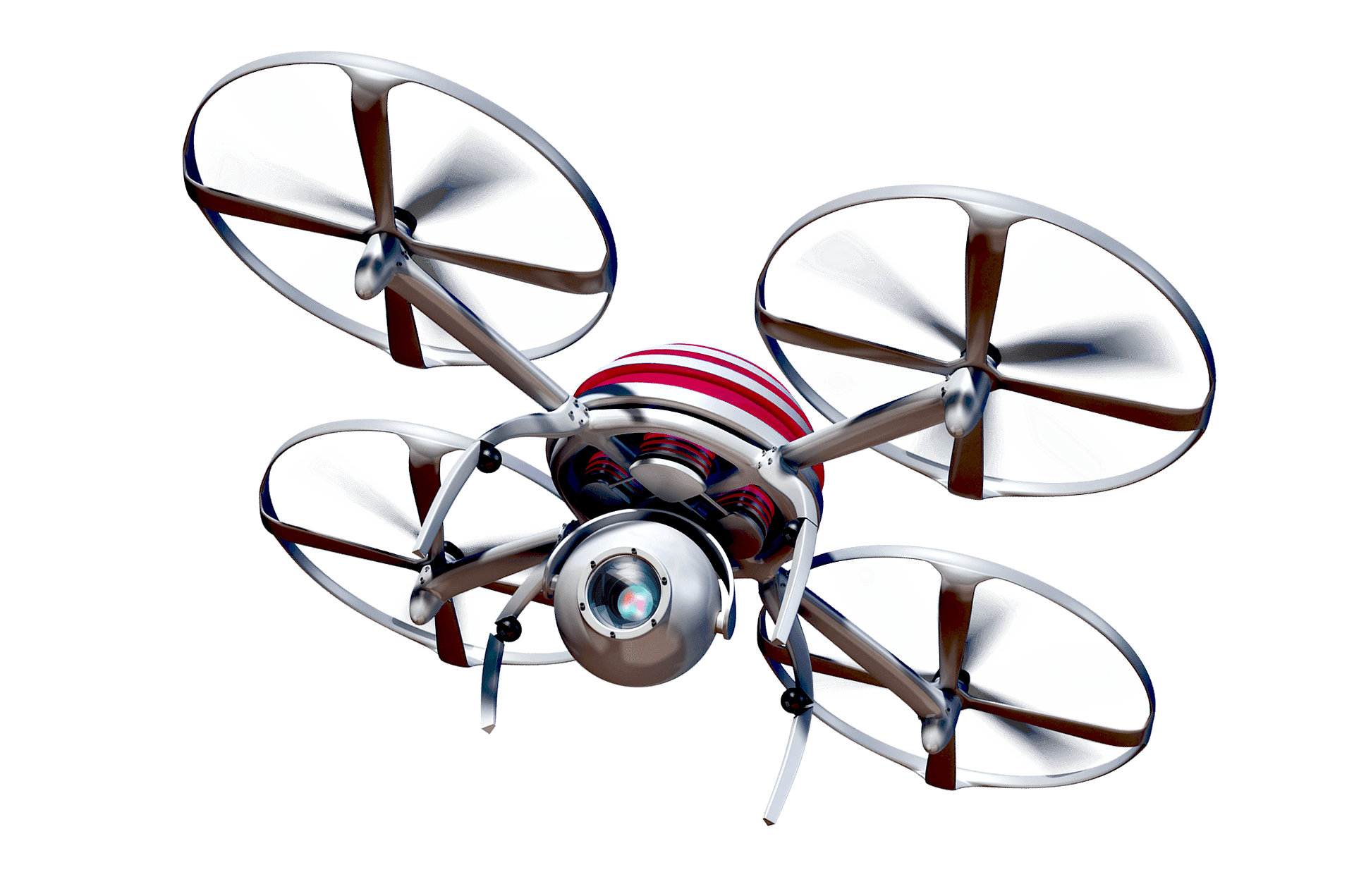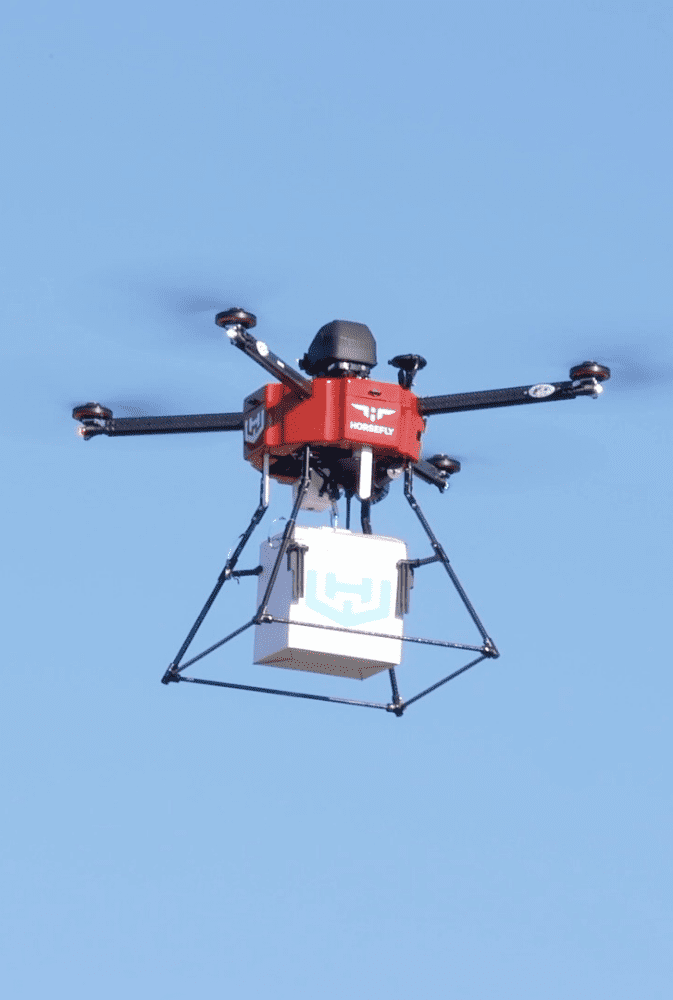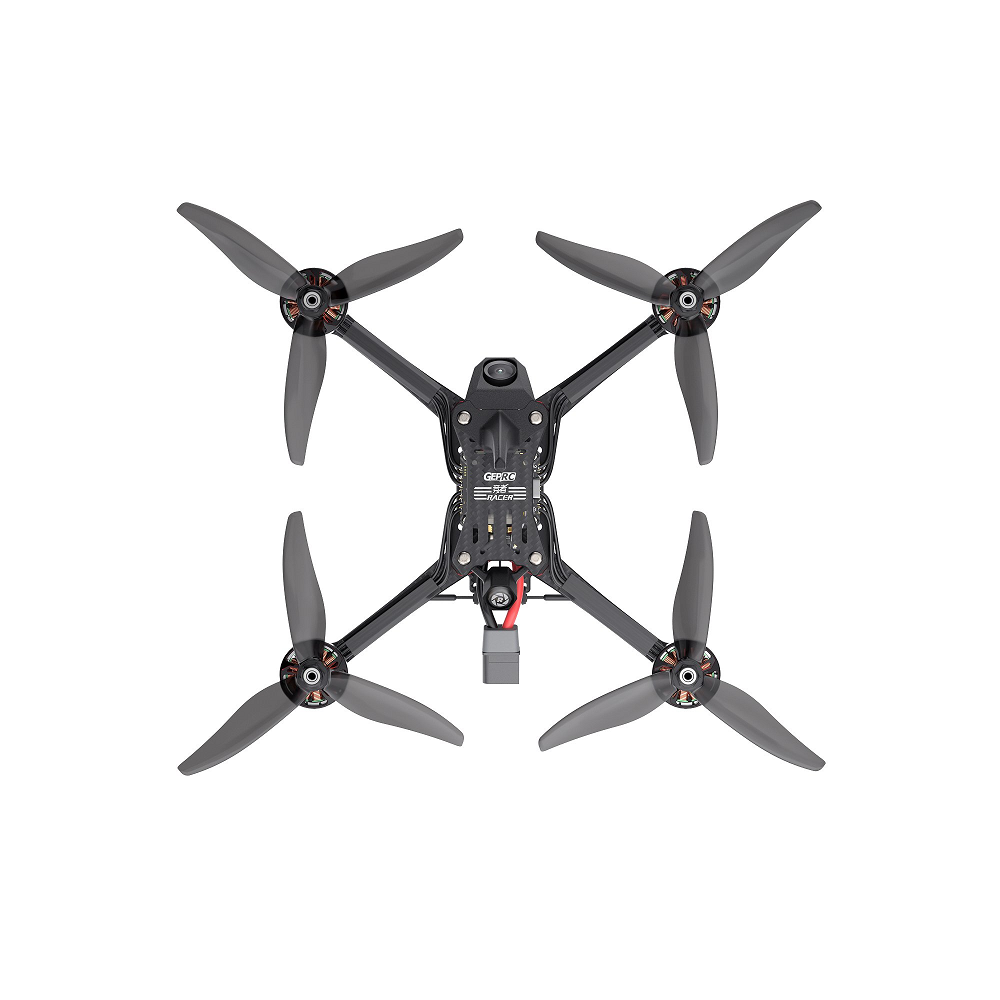Introduction to Drones
Drones, also known as Unmanned Aerial Vehicles (UAVs), have rapidly evolved from simple remote-controlled gadgets to sophisticated machines with diverse applications. These flying robots offer remarkable versatility. They can perform tasks that were once thought impossible. From aerial photography to package delivery, drones have transformed various industries. In this article, we will explore the world of drones. We will examine their design, technology, applications, and the future prospects of this fascinating field.

Design and Structure
Compact and Aerodynamic Build
Drones come in many shapes and sizes. Most consumer drones are designed to be compact and aerodynamic. This allows them to fly swiftly and efficiently. The design often includes a lightweight frame made of materials like carbon fiber or plastic, which provides strength without adding excessive weight. The propellers are strategically placed to ensure stability and smooth maneuverability. The sleek design minimizes air resistance, enhancing flight performance.
Advanced Components
The core components of a typical drone include the frame, motors, propellers, battery, and onboard electronics. The frame acts as the skeleton, holding all the parts together. Motors power the propellers, enabling lift and movement. The battery supplies the necessary power, dictating flight time and performance. Onboard electronics, including the flight controller and GPS, allow precise control and navigation. Additionally, many drones feature cameras, sensors, and communication systems, enabling them to perform specialized tasks.
Cutting-Edge Technology
Modern drones boast advanced navigation systems that ensure accurate and reliable flight. GPS technology allows drones to determine their position and navigate waypoints autonomously. Some models also include obstacle detection and avoidance systems, which use sensors like LiDAR and ultrasonic to detect and avoid obstacles in real-time. These technologies enhance safety and reliability, making drones more capable of completing complex missions.
High-Definition Cameras
Many drones come equipped with high-definition cameras, enabling stunning aerial photography and videography. These cameras often feature gimbals, which stabilize the camera and reduce vibrations, resulting in smooth footage. The quality of drone cameras has significantly improved, with some models offering 4K resolution and high frame rates. This has revolutionized industries like filmmaking, real estate, and journalism, offering new perspectives and creative possibilities.
Artificial Intelligence and Machine Learning
The integration of artificial intelligence (AI) and machine learning has further boosted drone capabilities. AI algorithms enable drones to recognize and track objects, perform complex tasks autonomously, and even make real-time decisions. For instance, drones can identify specific targets, follow moving subjects, and adjust flight paths based on changing conditions. Machine learning allows drones to learn from their experiences, continuously improving their performance and efficiency.
Applications
Aerial Photography and Filmmaking
One of the most popular applications of drones is aerial photography and filmmaking. Drones provide a unique vantage point, capturing stunning landscapes, cityscapes, and events from above. They have become an essential tool for filmmakers, offering dynamic shots without the need for expensive equipment like helicopters or cranes. Whether it’s a Hollywood movie or a social media video, drones have democratized aerial filming, making it accessible to everyone.
Agriculture
Drones have found significant applications in agriculture. They can monitor crop health, survey fields, and even assist with planting and spraying. Equipped with multispectral sensors, drones can capture detailed images that reveal information about plant health, soil conditions, and water usage. Farmers can use this data to make informed decisions, optimizing their practices and increasing yields. Drones also enable precision agriculture, where resources like fertilizers and pesticides are applied precisely where needed, reducing waste and environmental impact.
Infrastructure Inspection
Inspecting infrastructure like bridges, power lines, and pipelines can be challenging and dangerous. Drones offer a safer and more efficient alternative. Equipped with high-resolution cameras and thermal sensors, drones can capture detailed images and detect issues like cracks, corrosion, and overheating. This allows for routine inspections without the need for scaffolding or shutting down operations. Drones can access hard-to-reach areas, providing comprehensive views and accurate data for maintenance and repair planning.
Disaster Response
In disaster response, drones play a crucial role in search and rescue operations. They can quickly survey affected areas, providing real-time imagery and identifying survivors. Drones can deliver essential supplies like food, water, and medical kits to isolated or difficult-to-access locations. Their ability to fly in challenging conditions and capture data from various angles makes them invaluable tools for emergency responders, enhancing situational awareness and aiding in decision-making.
E-commerce and Delivery
The e-commerce and delivery sectors are exploring drone technology to revolutionize last-mile delivery. Companies like Amazon and UPS are testing drone delivery systems to expedite package transportation. Drones can deliver items quickly and efficiently, especially in urban areas with traffic congestion. This innovation promises to reduce delivery times, cut down on transportation costs, and minimize carbon footprints. However, widespread adoption will require addressing regulatory, technical, and logistical challenges.
Regulatory Considerations
Airspace Regulations
Drones operating in public airspace must adhere to strict regulations to ensure safety. Most countries have specific rules governing drone usage, including altitude limits, no-fly zones, and registration requirements. For instance, in the United States, the Federal Aviation Administration (FAA) mandates that drones must operate below 400 feet and remain within the operator’s line of sight. Understanding and complying with these regulations is crucial for both recreational and commercial drone pilots to avoid fines and ensure safe operations.
Privacy Issues
The rise of drone technology has raised privacy concerns. Drones equipped with cameras can capture images and videos, potentially invading personal privacy. Laws and regulations are evolving to address these concerns, requiring operators to respect privacy and avoid unauthorized surveillance. It’s essential for drone users to be mindful of privacy laws, ensuring they obtain necessary permissions and avoid infringing on individuals’ rights. Clear guidelines and responsible practices can help balance the benefits of drone technology with privacy considerations.
Safety Protocols
Ensuring the safety of drone operations is paramount. Drones must undergo rigorous testing to ensure they can handle various conditions and avoid malfunctions. Operators should follow best practices, including pre-flight checks, maintaining a safe distance from people and property, and using fail-safes like return-to-home functions. Educating drone users about safety protocols and promoting responsible flying practices can mitigate risks, enhancing the overall safety of drone operations.
Future Prospects
Technological Innovations
The future of drones holds exciting prospects with continued technological advancements. Innovations in battery technology will likely extend flight times, enabling more extended and complex missions. Improved AI algorithms will enhance autonomy, allowing drones to perform more sophisticated tasks with minimal human intervention. Advancements in sensor technology will provide more precise data, facilitating applications in fields like environmental monitoring and precision agriculture. The integration of 5G connectivity will enable faster data transmission, enhancing real-time communication and control.
Expanding Applications
As technology evolves, the applications of drones will continue to expand. In logistics, drones could transform supply chain management, providing real-time tracking and inventory management. In healthcare, drones could deliver medical supplies and assist in telemedicine, reaching remote areas. Environmental monitoring will benefit from drones’ ability to collect data on air quality, wildlife populations, and climate conditions. The entertainment industry will find new creative uses, from live event coverage to immersive experiences. The versatility of drones ensures their relevance and impact across various sectors.
Addressing Challenges
While the future is promising, several challenges need addressing for widespread drone adoption. Regulatory frameworks must evolve to keep pace with technological advancements, ensuring safety without stifling innovation. Public acceptance and trust are crucial, requiring transparency and responsible usage. Technical challenges like battery limitations, signal interference, and collision avoidance need continuous innovation. Collaboration between industry, regulatory bodies, and the public will be essential to overcome these hurdles and unlock the full potential of drones.
Conclusion
Embracing Drone Technology
In conclusion, drones represent a significant technological advancement with transformative potential across various fields. Their compact design, advanced technology, and diverse applications make them valuable tools for industry, agriculture, emergency response, and more. While challenges like regulation and privacy need addressing, the benefits of drones far outweigh the drawbacks. The future promises exciting innovations and expanding applications, solidifying drones as a critical component of modern technology.
For Businesses and Hobbyists
Whether you are a business looking to leverage drone technology or a hobbyist interested in exploring the skies, drones offer endless possibilities. They provide unique perspectives, enhance efficiency, and open new avenues for creativity and innovation. Embracing drone technology and staying informed about best practices, regulations, and advancements can ensure safe and productive use. As we continue to explore the capabilities of drones, they will undoubtedly play an integral role in shaping our future, offering new opportunities and transforming how we interact with the world.




